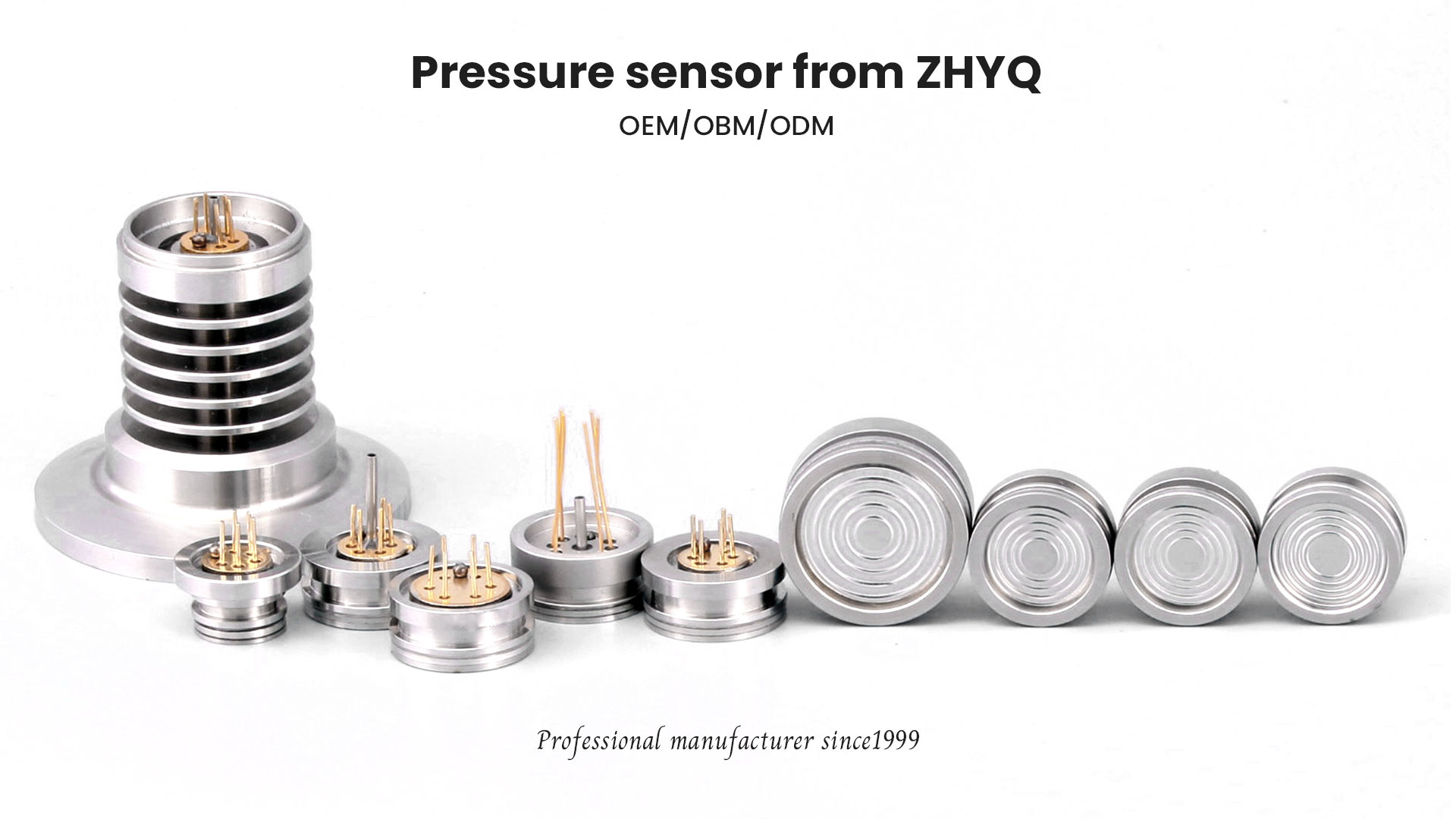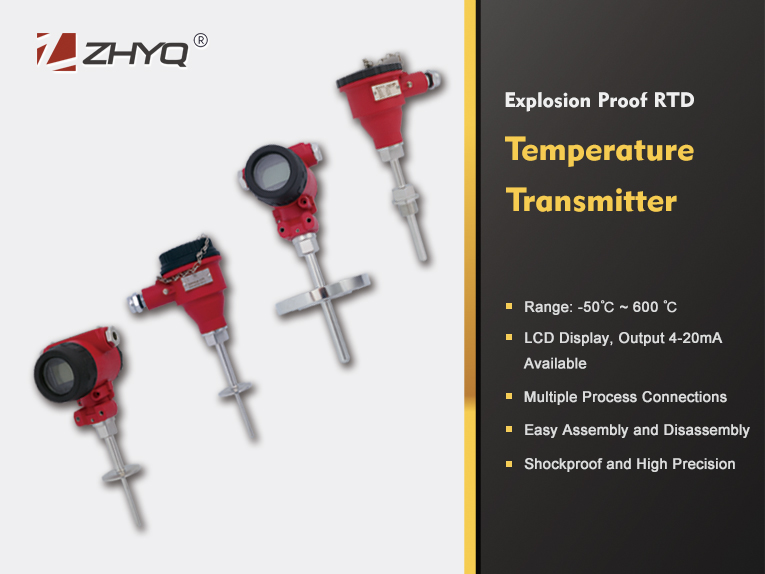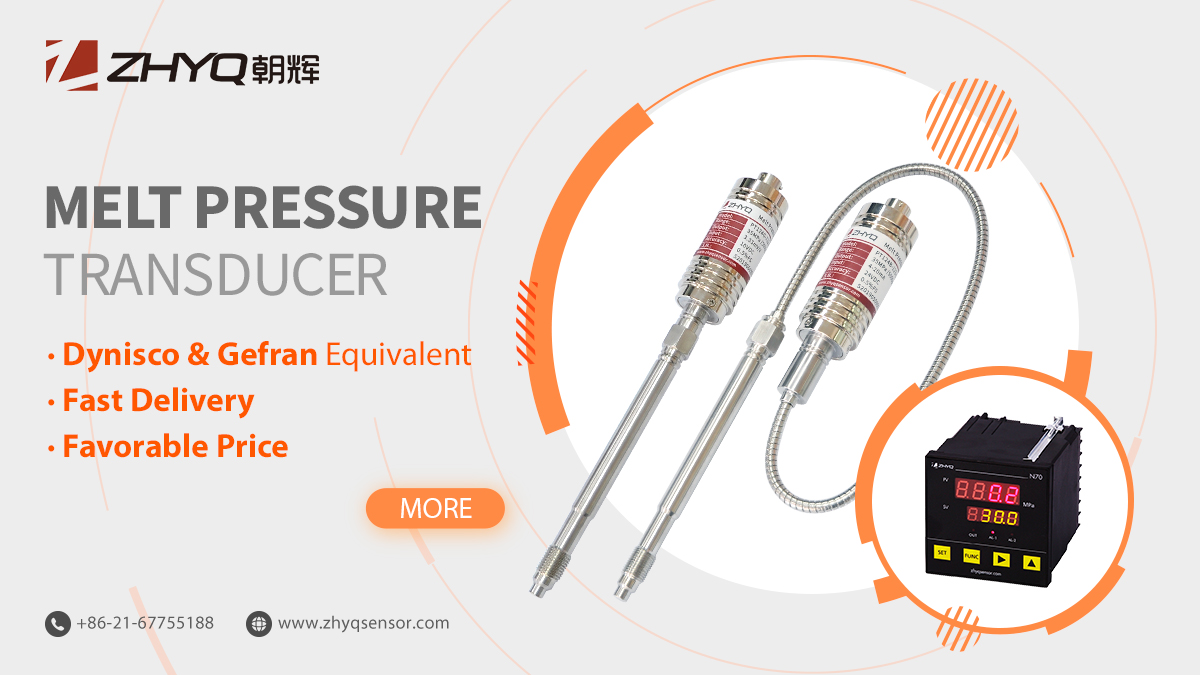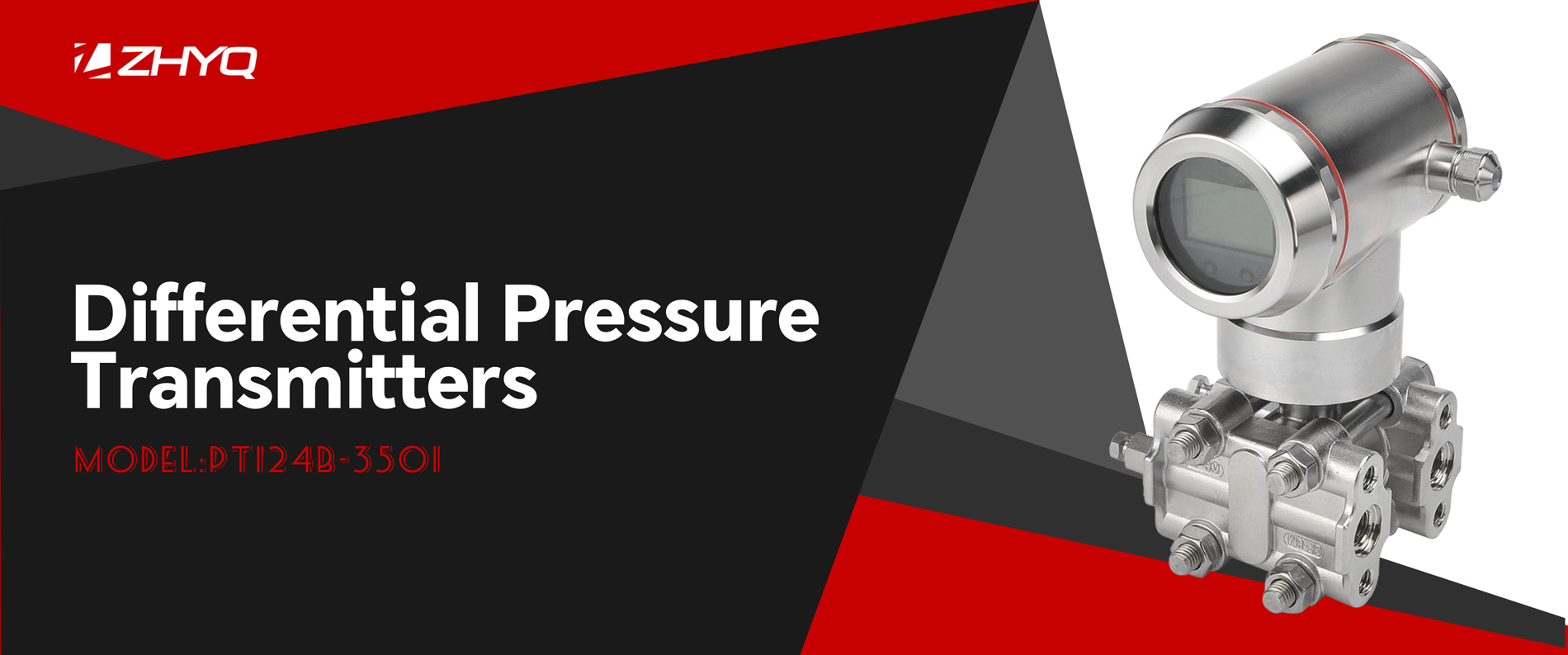
- Pressure Sensor, Pressure Transducer, Pressure Transmitter


- 2024-03-05
- Zhyq
- 99
What are the differences between diffused silicon, ceramic, capacitive, and single crystal silicon pressure sensors?
Pressure sensor is the most commonly used sensor. It is widely used in various industrial automatic control environments, involving water conservancy and hydropower, railway transportation, intelligent buildings, production automation, aerospace, military industry, petrochemicals, oil wells, electric power, ships, machine tools, pipelines and many other industries.
According to different working principles, pressure sensors can be divided into the following types:
Monocrystalline silicon pressure sensor
High-performance monocrystalline silicon pressure sensor works using electromagnetic excitation and electromagnetic vibration pickup. The output is a frequency signal. It has strong anti-interference ability and good stability. It does not require A/D conversion and can measure both absolute pressure and differential pressure.
Capacitive pressure sensor
Capacitive pressure sensors have a variable capacitance sensing component. The sensor is a completely enclosed component. Process pressure and differential pressure are transmitted to the sensing diaphragm through the isolation diaphragm and filling fluid silicone oil, causing displacement. The capacitance difference between the sensing diaphragm and the two capacitor plates is converted by the electronic component into a (4-20) mA two-wire output electrical signal.
Diffused Silicon Pressure Sensor
The diffused silicon pressure sensor transmits external pressure to the sensitive chip through a stainless steel diaphragm and internally sealed silicone oil. The sensitive chip does not directly contact the measured medium. It has high sensitivity output, good dynamic response, high measurement accuracy, good stability, and is easy to miniaturize, but it is easily affected by temperature. It can measure anything greater than 1kpa and is the first choice for mid-range sensors. Ceramic is a material recognized as highly elastic, resistant to corrosion, wear, impact and vibration.
Ceramic pressure sensor
The thermal stability characteristics of ceramics and its thick film resistance allow it to operate in a temperature range of -40 to 135°C, and has high measurement accuracy and stability. The degree of electrical insulation is >2kV, the output signal is strong, and the long-term stability is good. It has excellent linear accuracy, hysteresis, reliability and cost-effectiveness. In principle, higher measuring ranges are also easy to implement. Both sensors are widely used in aerospace, aviation, navigation, petrochemical industry, power machinery, biomedical engineering, meteorology, geology, seismic measurement and other fields.
In addition, the commonly used sensors used in general pressure transmitters (different from differential pressure transmitters) are: diffused silicon sensors, ceramic piezoresistive sensors, ceramic capacitive sensors, single crystal silicon sensors, etc. This kind of sensor can only measure gauge pressure or absolute pressure. They also have their own shortcomings. The sensors used in different situations are also different. For example, general small-range pressure transmitters need to use ceramic capacitive sensors. The stability and accuracy will be higher than others; for general ultra-large ranges, due to limitations of the production process, ceramic piezoresistors are usually used; for diffused silicon sensors, generally oil-filled diffused silicon sensors are more suitable for temperature compensation, etc. The technology has been improved, and it is also outstanding in terms of stability and overload capability.
The differential pressure sensor is filled with silicone oil or inert gas, which is generally a capacitive sensor. Of course, sensors of other technologies also need to be filled with inert liquid or inert gas. Its function is to uniformly act on the pressure-sensitive diaphragm. on.
Leave Your Inquiry
Your email address will not be published. Required fields are marked *


